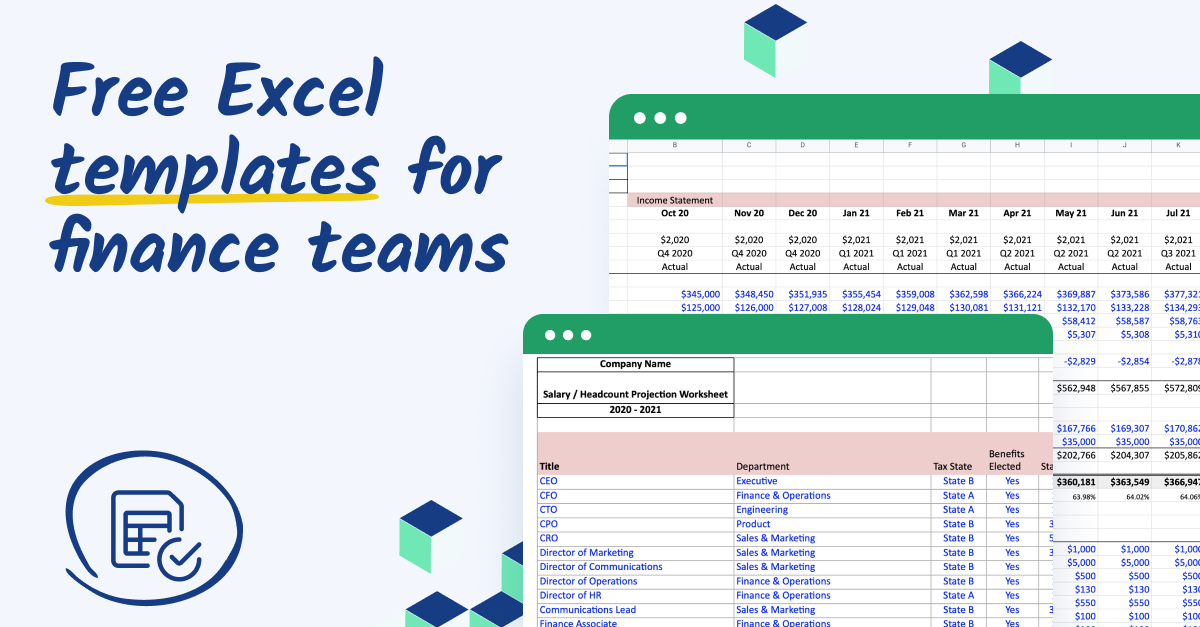Cash flow is the lifeblood of any business. Whether you’re running a startup or managing an established company, understanding how cash moves in and out of your organization is essential to maintaining financial health and ensuring long-term sustainability. Without a solid grasp of your cash flow, you may find yourself unable to cover operational costs, invest in growth opportunities, or weather inevitable downturns.
One of the most effective ways to keep track of your cash flow is by creating a cash flow model. A well-constructed cash flow model provides you with a clear picture of your business’s finances, enabling you to make informed decisions and avoid cash shortages. In this article, we’ll explore the key concepts behind creating a cash flow model, how to build one for your business, and some essential tips for ensuring it serves your organization’s needs effectively.

What is a Cash Flow Model?
A cash flow model is a financial tool that helps businesses track the movement of money into and out of the company over a specific period. It outlines the timing and amounts of cash inflows (such as revenue, loans, and investments) and cash outflows (such as operating expenses, loan repayments, and capital expenditures). The model serves as a projection of your business’s future cash position, helping you anticipate shortfalls and surplus cash, manage working capital, and make strategic financial decisions.
A comprehensive cash flow model includes:
- Cash Inflows: This represents all sources of income, including revenue from sales, investments, loans, and any other cash received by the business.
- Cash Outflows: This covers all expenses the business incurs, including operational costs, loan payments, salaries, and capital expenditures.
- Net Cash Flow: The difference between cash inflows and cash outflows over a given period. A positive net cash flow indicates that the business is generating more cash than it is spending, while a negative net cash flow shows the opposite.
By projecting cash flow in advance, businesses can avoid running into liquidity issues, which could compromise their ability to pay bills, invest in growth, or handle unexpected costs.
Learn more about building a cash flow model.
Why is a Cash Flow Model Important?
A cash flow model is critical for businesses of all sizes for several reasons:
- Helps Forecast Liquidity Needs: By understanding your business’s cash inflows and outflows, you can predict when you might need additional cash to meet obligations or capitalize on opportunities.
- Avoids Cash Shortages: It’s easy for businesses to focus on profitability and forget about liquidity. A cash flow model helps you ensure that you have enough cash on hand to cover expenses, reducing the risk of cash shortages.
- Facilitates Decision Making: A cash flow model offers valuable insights into your business’s financial health, enabling you to make more informed decisions regarding investment, financing, and cost management.
- Attracts Investors and Lenders: Investors and lenders want to know how a company manages its cash flow before committing funds. A solid cash flow model can make your business more attractive to external financing sources.
- Supports Growth Plans: If your goal is to expand, it’s essential to know if you have the necessary cash flow to support growth initiatives, such as hiring new staff, increasing production, or marketing campaigns.
Explore how a rolling monthly cash flow forecast can aid financial planning.
Step-by-Step Guide to Creating a Cash Flow Model
Creating a cash flow model might seem like a daunting task, but breaking it down into manageable steps can simplify the process. Here’s a step-by-step guide to help you build a cash flow model for your business:
Define the Time Period
The first step in creating a cash flow model is determining the time period you want to track. Cash flow models can be created for daily, weekly, monthly, or even quarterly intervals, depending on the nature of your business and how frequently you need to assess cash flow.
Estimate Cash Inflows
Next, you’ll need to identify and estimate your cash inflows. Cash inflows represent all the money that comes into your business, including:
- Sales Revenue: The money you receive from customers. Consider investment value when calculating projected data.
- Loans and Financing: If you’ve taken out loans or received investments.
- Grants or Subsidies: Include any financial support from institutions.
- Other Income: Other sources such as investment income or asset sales.
Estimate Cash Outflows
Once you’ve mapped out your cash inflows, the next step is to estimate your cash outflows, such as:
- Operating Expenses: Recurring costs necessary to run the business.
- Cost of Goods Sold (COGS): Costs for materials and production.
- Loan Repayments: Principal and interest payments.
- Capital Expenditures: Expenses for long-term assets.
- Taxes: All relevant business taxes.
- Other Expenses: Legal fees, software subscriptions, etc.
Discover recommended processes for cash forecasting.
Calculate Net Cash Flow
The next step is calculating your net cash flow for each period. This is done by subtracting total cash outflows from total cash inflows:
Net Cash Flow = Total Cash Inflows – Total Cash Outflows
Create a Cash Flow Statement
Once you have your calculations, it’s time to create a cash flow statement.
Monitor and Adjust Regularly
A cash flow model is not a one-time task; it requires regular monitoring and adjustments.
Use the NSW Government’s cash flow modeling tool for more insights.
Essential Tips for Creating and Maintaining an Effective Cash Flow Model
While the process of creating a cash flow model is relatively straightforward, consider these tips:
- Be Realistic: Base your projections on historical data and industry averages.
- Use Accounting Software: Tools like QuickBooks can automate calculations.
- Plan for Contingencies: Always include a contingency plan for unexpected expenses.
- Update Regularly: Set aside time each week or month for updates.
- Involve Key Stakeholders: Collaborate with team members for insights.
- Leverage Sensitivity Analysis: Use it to assess risk in your financial model.
Learn why accurate cash flow modeling is vital for financial health.
Frequently Asked Questions
What is a cash flow model?
A cash flow model is a financial tool that tracks the inflows and outflows of cash over a specific period, providing a projection of your business’s future cash position.
Why is cash flow important for a business?
Cash flow is crucial for maintaining financial health, supporting growth plans, avoiding cash shortages, and making informed strategic decisions.
How often should a cash flow model be updated?
A cash flow model should be updated regularly, ideally on a weekly or monthly basis, to ensure it reflects the current financial situation and projections.
Final Thoughts!
Creating and maintaining a cash flow model is a critical practice for ensuring the financial health of any business. By accurately tracking and forecasting cash inflows and outflows, business owners can anticipate potential issues, manage working capital effectively, and make more informed decisions. Whether you are just starting a business or have been operating for years, understanding your cash flow is essential to achieving long-term success and sustainability.



